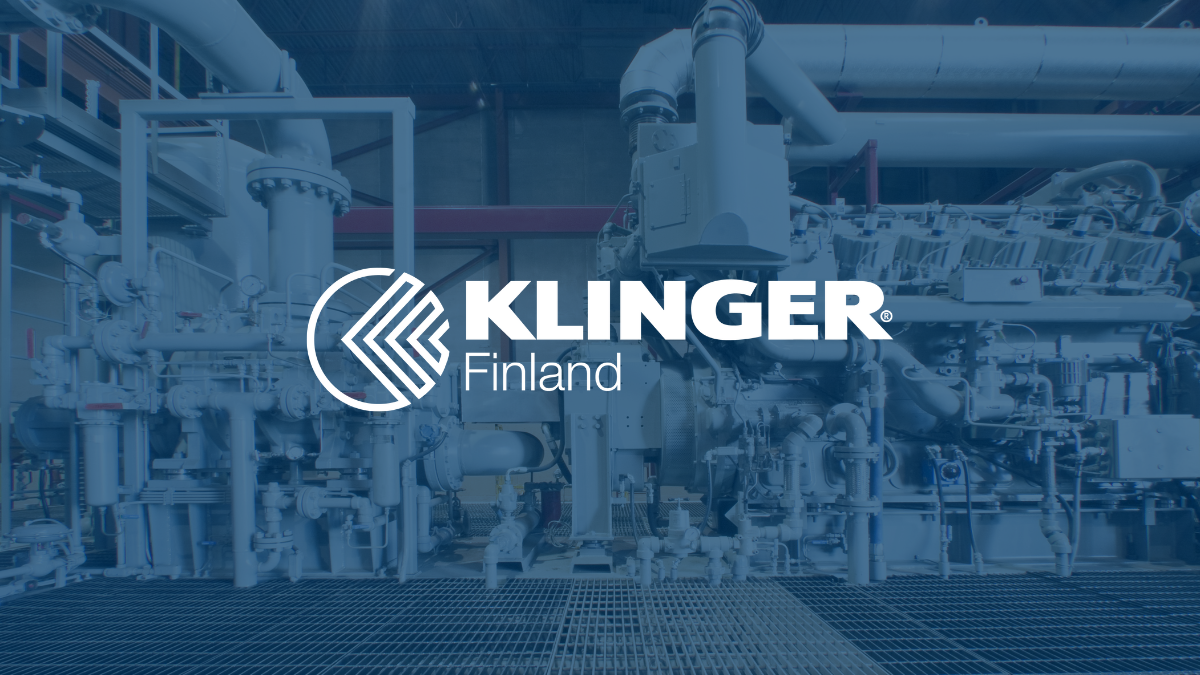What is a pressure switch and what is it used for?
A pressure switch is an essential component in many industrial automation systems. Its primary function is to monitor and control pressure levels in various applications, such as hydraulics, pneumatics, and fluid transport systems. Pressure switches respond to pressure changes and send signals that can start or stop devices, such as pumps or compressors, ensuring safe and efficient system operation.
The safety aspect is particularly emphasized in applications where sudden pressure changes could cause hazardous situations or damage equipment. Pressure switches help mitigate these risks by acting as a reliable monitoring and control solution.
Pressure switch selection criteria
Choosing the right pressure switch is a crucial step in designing an automation system. The first consideration is to determine the pressure measurement range, including both minimum and maximum values in the system. Accuracy requirements are also critical, as they directly affect the reliability and performance of the system.
Additionally, it is important to consider the switch’s durability and suitability for environmental conditions, such as temperature variations, humidity, or chemical exposure. If standard components do not meet specific requirements, customized solutions may offer the best performance and compatibility.
Types of pressure switches
Pressure switches come in various types designed for different applications. Mechanical pressure switches are traditional devices that typically use springs and diaphragms. They are reliable and easy to use, but their accuracy and response speed may not always meet the demands of modern, high-performance applications. However, these switches are still widely used in simple and cost-effective systems.
Electronic pressure switches utilize electronic components and offer higher accuracy, speed, and flexibility. They may include digital displays, programmable functions, and remote monitoring capabilities, making them ideal for more complex and dynamic systems. Automation solutions in various industries, such as the chemical industry and energy systems, benefit greatly from the features provided by electronic pressure switches.
Pressure switch selection and installation
When selecting a pressure switch, compatibility with the existing system is of utmost importance. This includes both physical compatibility, such as connections, installation location, and structural requirements, and electrical compatibility, such as voltage and current ratings.
During installation, it is essential to ensure that the pressure switch is securely mounted and protected from potential environmental factors, such as moisture, vibration, and temperature fluctuations. A well-designed and carefully executed installation will extend the switch’s lifespan and enhance its reliability.
Integration into the existing system is also a critical part of the installation process. This may involve programming, calibration, or fine-tuning other system components to ensure the optimal performance of the pressure switch.
Common issues with pressure switches and how to prevent them
Although pressure switches are generally reliable, problems may arise that impact system performance. One of the most common issues is the wear of the diaphragm or spring, which can lead to inaccurate pressure measurements or unreliable operation. Another frequent challenge is the failure of electronic components, which can cause incorrect signals and disruptions in the system.
To prevent these issues, it is important to conduct regular inspections and maintenance. This includes checking and replacing worn parts, such as diaphragms, springs, and electrical connections, in a timely manner. Preventive maintenance not only enhances the reliability of the pressure switch but also improves the operational stability of the entire system.
